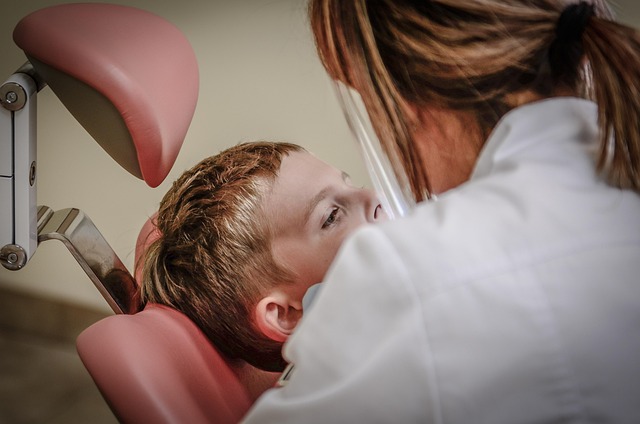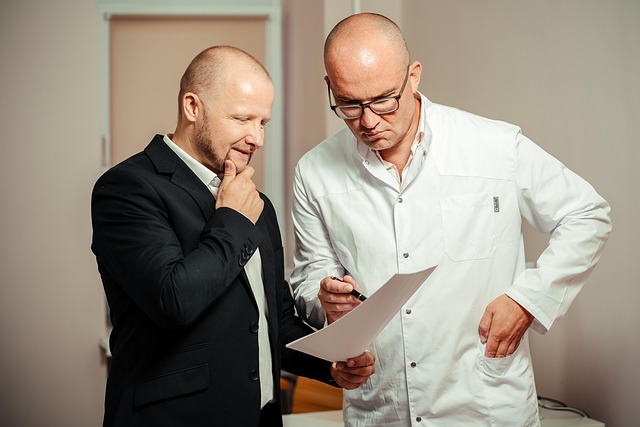During a professional wart removal consultation, understanding wart types (common, plantar, genital) and symptoms is crucial for diagnosis. Clinics consider medical history, type, location, severity, and patient preferences to select effective treatment methods like topical medications, cryotherapy, laser, or surgical removal. Practitioners discuss concerns about pain, downtime, side effects, and provide post-treatment care instructions.
Looking for a smooth and informed journey towards wart removal? A professional wart removal consultation is your first step. This comprehensive guide delves into what to expect during this process, from understanding distinct wart types and their symptoms, to how medical history aids in accurate diagnosis. We explore various treatment options and techniques, address common concerns, and equip you with knowledge to make informed decisions.
- Understanding Wart Types and Symptoms
- The Role of Medical History in Diagnosis
- Examining Treatment Options and Techniques
- Answering Common Concerns and Questions
Understanding Wart Types and Symptoms

During your professional wart removal consultation, understanding the types and symptoms of warts is crucial. Warts are caused by the human papillomavirus (HPV) and can manifest in various forms, including common warts, plantar warts, and genital warts. Each type has distinct characteristics. For instance, common warts often appear as small, rough bumps on the skin’s surface, while plantar warts grow inward on the soles of feet, causing pain with walking or standing. Genital warts, as the name suggests, affect the genital areas.
Recognizing symptoms is essential as it helps in determining the best course of action. Symptoms may include visible lesions, itching, pain, or discomfort. The wart removal Cheltenham and Canterbury wart clinic professionals will carefully examine your warts to diagnose their type, location, and severity, which are key factors in choosing the most effective treatment method during your consultation.
The Role of Medical History in Diagnosis

During a professional wart removal consultation, your medical history plays a crucial role in diagnosis. The dermatologist or healthcare provider will ask about previous warts, their treatment, and any other relevant medical conditions. This information helps them understand your unique case, as certain factors can influence wart development and response to treatment. For instance, a person with a weakened immune system may experience more challenging wart removal.
Additionally, discussing past treatments, such as those at a wart removal Kent Gillingham or Essex Chelmsford Wart Clinic, can provide insights into what has worked and what hasn’t. This knowledge allows the specialist to tailor a treatment plan for optimal results, whether it’s through conventional methods or alternative approaches available at a private wart removal Sheffield.
Examining Treatment Options and Techniques

During your professional wart removal consultation at a Bradford wart clinic, the healthcare provider will begin by examining the warts thoroughly. They’ll assess their type, size, location, and how long they’ve been present. This step is crucial as it helps in determining the most suitable treatment plan for your specific case. The provider might discuss various treatment options, including topical medications, cryotherapy (freezing), laser treatments, or surgical removal, explaining the pros and cons of each.
They’ll also consider factors like your medical history, any allergies, and your tolerance for pain to tailor a safe and effective procedure. It’s a good idea to ask questions about the process, potential side effects, recovery time, and what to expect post-treatment. This open dialogue ensures you’re well-prepared for the upcoming wart removal consultation and its aftermath.
Answering Common Concerns and Questions

During your professional wart removal consultation, it’s natural to have concerns and questions about the process. Many people wonder about the effectiveness of different treatment methods, especially when comparing private wart removal Blackburn, wart removal Maidstone, or private wart removal Doncaster options. A good practitioner will take the time to address these queries, offering insights into various techniques like cryotherapy, salicylic acid applications, or surgical excision. They’ll explain the pros and cons of each, helping you make an informed decision tailored to your specific case.
Additionally, patients often seek reassurance about pain levels, downtime, and potential side effects. Your consultant should provide honest answers, assuring you that most procedures are relatively painless and result in minimal discomfort. They might also discuss home care instructions post-treatment, emphasizing the importance of following guidelines for optimal healing, especially when considering options like wart removal Maidstone or private wart removal Doncaster.
During a professional wart removal consultation, you can expect a thorough evaluation of your condition. By understanding wart types, considering medical history, and examining various treatment options, healthcare providers ensure an accurate diagnosis and tailored plan. This comprehensive approach addresses common concerns, offering peace of mind as you move towards effective solutions for unwanted warts.
